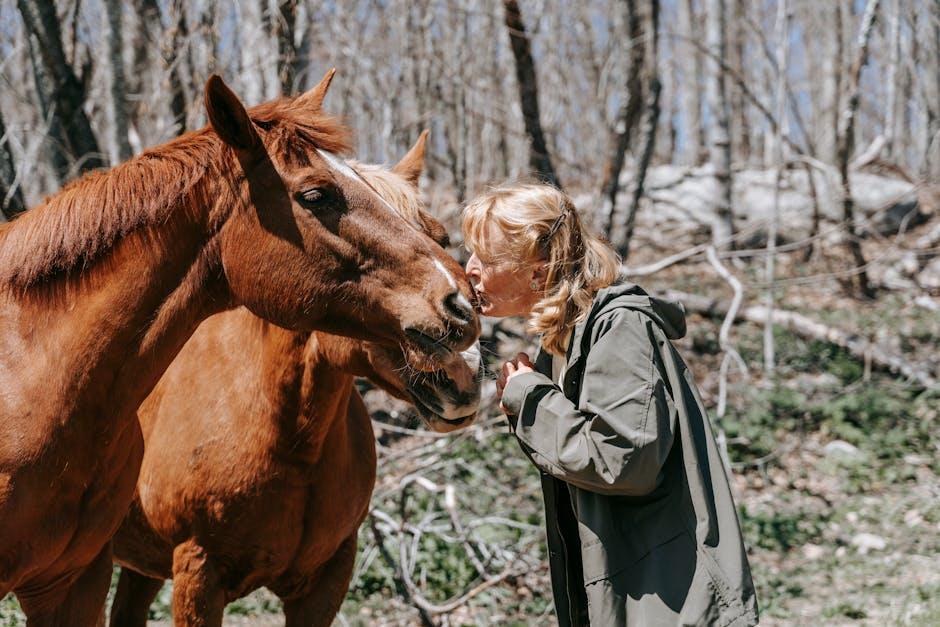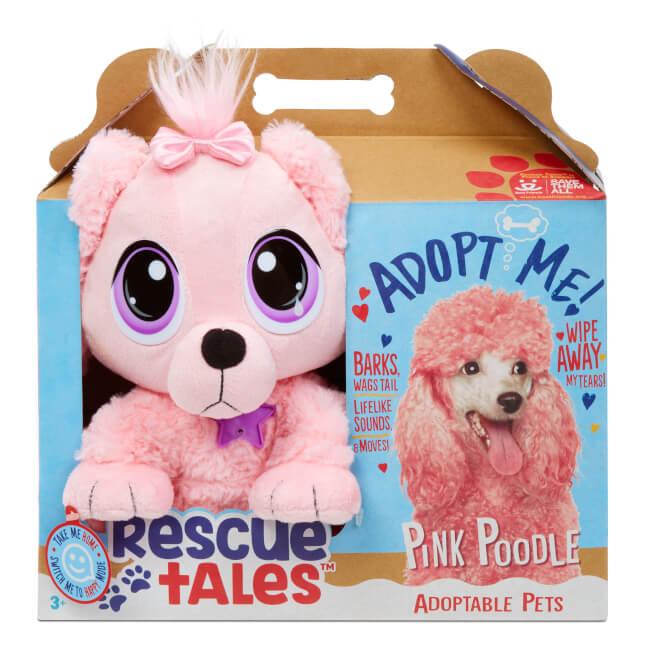Welcoming a new pet into your home is a heartwarming journey filled with anticipation and joy. Whether you’re adopting a rescue animal or purchasing a pet from a breeder, each option comes with its own set of unique experiences and challenges. Understanding the behavioral differences between rescue and purchased pets is essential for creating a nurturing environment where your new companion can thrive. Rescue animals often come with histories that may influence their behavior, while purchased pets might have different developmental experiences. By exploring these differences, you can better prepare yourself to meet their needs, ensuring a smooth transition and a strong, loving bond. In this article, we’ll delve into the nuances of pet behavior, offering insights and practical tips to help you support your new furry family member, no matter where their journey began.
Recognizing the Unique Needs of Rescue Pets
Rescue pets often come with a history that requires us to be more attuned to their unique emotional and physical needs. Unlike their purchased counterparts, these animals may have experienced trauma, neglect, or abandonment, which can manifest in various behavioral quirks. Recognizing these differences is crucial in providing the care and understanding they need to thrive.
- Trust Issues: Many rescue animals may initially exhibit distrust towards humans. Patience and gentle reinforcement can help build their confidence and sense of security.
- Separation Anxiety: Having faced abandonment, some rescues might struggle with being left alone. Gradual desensitization and creating a comforting environment can alleviate their anxiety.
- Resource Guarding: A history of scarcity might lead to possessiveness over food or toys. Consistent training and reassurance can reduce these behaviors.
By acknowledging and addressing these needs with empathy and commitment, we can help rescue pets transition into a loving and stable environment, ultimately leading to a rewarding relationship for both the pet and owner.

Nurturing Trust and Security in Adopted Animals
Building a foundation of trust and security in adopted animals requires understanding their unique backgrounds and experiences. Rescue pets often come from environments where they may have faced neglect or trauma, making them more sensitive to changes and human interactions. To help them feel safe and loved, consider the following approaches:
- Patience is Key: Allow them time to adjust to their new surroundings without pressure. Respect their space and let them come to you when they’re ready.
- Consistent Routine: Establish a daily routine for feeding, walking, and playtime to create a sense of stability and predictability.
- Positive Reinforcement: Reward them with treats and praise for positive behaviors to build their confidence and reinforce good habits.
- Safe Spaces: Provide them with cozy areas where they can retreat and feel secure, such as a comfortable bed or a quiet room.
Unlike purchased pets, who might have been socialized from birth, rescue animals often need a bit more time and understanding. By offering them compassion and security, you create an environment where they can flourish and form a strong bond with their new family.
Creating a Harmonious Environment for Purchased Pets
When bringing a purchased pet into your home, it’s essential to create a nurturing environment that caters to their unique needs and backgrounds. Unlike rescue pets, purchased animals often come from breeders or pet stores where they might have been exposed to more structured environments. To ensure they thrive, consider implementing the following strategies:
- Structured Routine: Establishing a consistent daily routine helps your pet feel secure and reduces anxiety. Regular feeding times, walks, and play sessions create a sense of predictability.
- Enrichment Activities: Provide mental stimulation through interactive toys, puzzles, and training exercises. This not only keeps your pet engaged but also strengthens the bond between you.
- Safe Spaces: Designate a quiet area in your home where your pet can retreat when they need to rest or escape overstimulation. This space should be equipped with comfortable bedding and a few favorite toys.
- Positive Reinforcement: Encourage good behavior with treats, praise, and affection. Positive reinforcement fosters trust and helps your pet learn desired behaviors in a loving manner.
By tailoring your approach to suit the background of purchased pets, you create a harmonious environment that supports their well-being and helps them integrate smoothly into your family.

Tailoring Training Approaches for Diverse Pet Backgrounds
Training a pet is an art that requires understanding and empathy, especially when considering the unique histories of rescue and purchased pets. Rescue pets often come with a backstory, sometimes including trauma or neglect, which can manifest in behaviors like anxiety, fearfulness, or aggression. It’s crucial to approach their training with patience and a focus on building trust. Employing positive reinforcement techniques, such as offering treats and verbal praise, can help create a safe and nurturing environment.
In contrast, purchased pets, often acquired as puppies or kittens, may not have experienced the same hardships. Their training can typically begin with basic obedience and socialization, focusing on consistency and routine. However, it’s important not to assume they are devoid of behavioral challenges; they might still develop issues like separation anxiety or possessiveness. Consider the following tailored approaches:
- Rescue Pets: Slow introduction to new environments and gradual socialization.
- Purchased Pets: Early exposure to various stimuli and structured training schedules.
By acknowledging the distinct needs of each pet, trainers and pet owners can foster environments where all animals, regardless of their past, can thrive and develop into well-adjusted companions.

